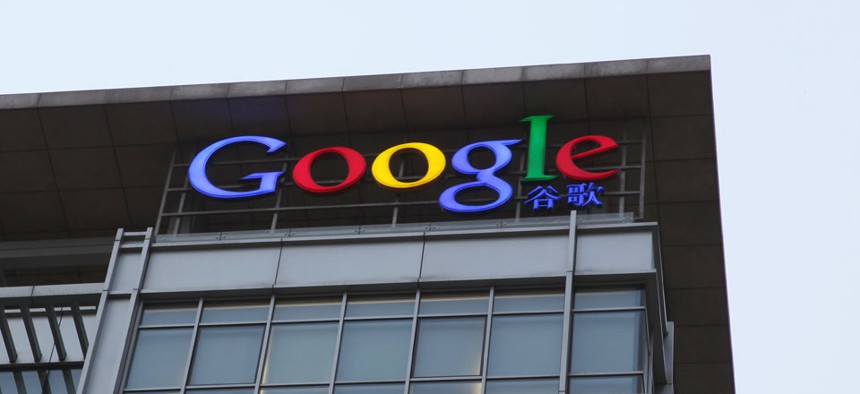Google Is on the Way to Quietly Becoming an Electric Utility

testing/Shutterstock.com
The tech giant may end up driving up prices.
You probably won’t be receiving a utility bill from Google anytime soon, but the search giant is slowly but surely morphing into a literal power broker. Yesterday (Sept. 17), for instance, Google announced that it would buy all the electricity generated by the 240-megawatt Happy Hereford wind farm to be built near Amarillo, Texas.
Google’s main goal is to make itself greener. Google Energy, the company’s power subsidiary, which has a US government license to buy and sell energy like any utility, will sell the electricity from Happy Hereford into the wholesale market in Oklahoma where one of Google’s massive data centers is located. The data center can’t take the power directly from Happy Hereford; it buys electricity from its local utility, which may buy it from the wholesale market. But by selling green power to the grid, Google gets to deduct emissions from its carbon footprint as if it had used the renewable energy itself.
However, in doing so, it is also slowly starting to up-end the traditional utility business. Most utilities either build power plants themselves or negotiate long-term power-purchase agreements with independent electricity producers that must then be approved by state regulators. Chermac Energy, the Native-American-owned company that owns Happy Hereford, was able to bypass that bureaucracy by selling directly to Google Energy. The electricity will still be available to local utilities on the wholesale market, but not under those predictable and often lower rates negotiated in power-purchase agreements. If Google Energy starts to become a major buyer in a market, the utilities might have to start offering power producers higher prices in order to compete with it.
Read the full story at Quartz.
(Image via testing / Shutterstock.com)
NEXT STORY: Analysis: NASA’s New Role as Partner


